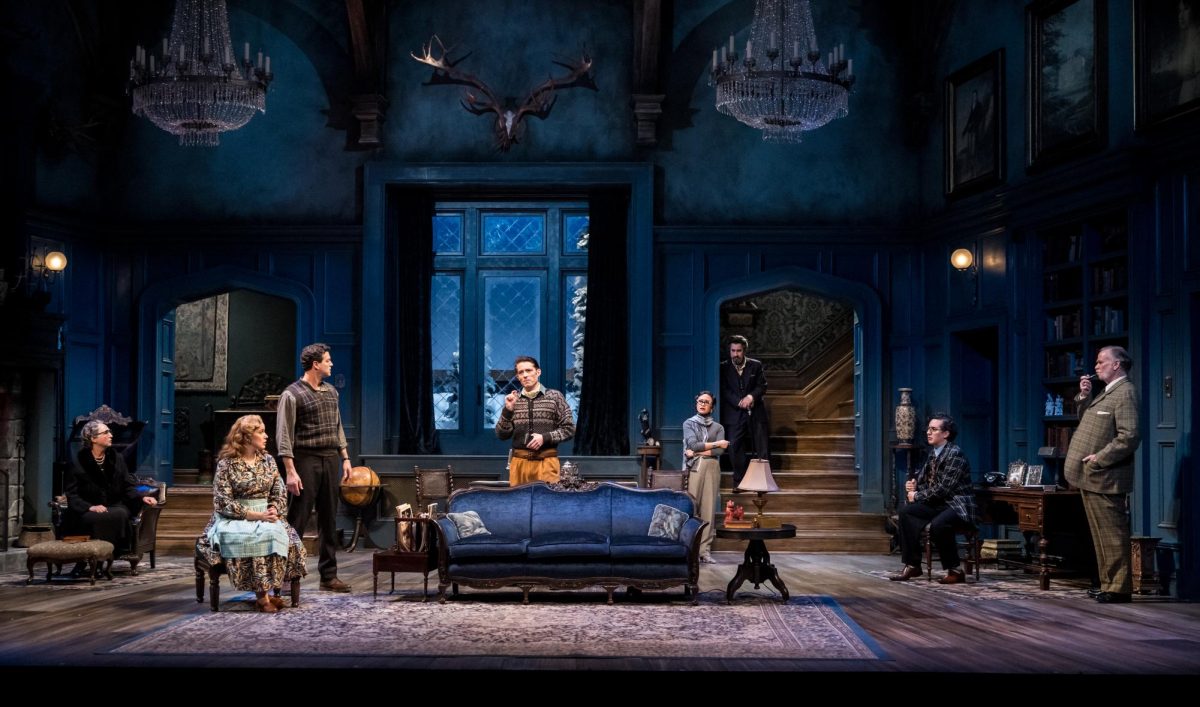The human form takes many shapes, from a delicate creature on the verge of breaking to a strong, powerful, iconic figure.
For artist Kiki Smith, though, the human form is both frail and tough. Her contradictory ideas melt together into sculptures, screen prints and drawings.
“Kiki Smith: A Gathering, 1980-2005,” the latest exhibit on display at the Walker Art Center, is a mere smattering of the work Smith has created over the years.
“She’s an incredibly prolific artist,” Siri Engberg said. “We really had to winnow it down.”
As the curator of visual arts at the Walker, Engberg is thrilled Smith agreed to the exhibition. The Walker had been collecting Smith’s work for a while, but until now there had never been a major touring exhibition of Smith’s art.
The collection contains more than 100 of Smith’s works and takes up three of the Walker’s galleries. Sculptures in bronze, hand-blown glass and papier-mâché practically create a timeline of Smith’s 25-year career.
Smith moves seamlessly back and forth among media. Despite the incredible lithographs, screen prints and drawings, the most eye-catching – and perhaps the most disturbing – pieces are those that involve the human form.
The sculptures range from organs and limbs to whole bodies. A paper body from the waist down dangles from the ceiling, gently swaying from the breeze caused by any motion around it, as a paper baby dangles from a paper umbilical cord. Is this a protest against abortion or a testament to the tie that binds a mother to her child? Depends how you look at it.
An untitled sculpture of a woman sitting on her hands with her head pressed to her knees has red scratches on her back so deep it’s painful to look at the piece. Perhaps it’s a silent protest against the violence toward and objectification of women.
Sculptures like these almost make one uncomfortable not because of the nudity but because they represent subjects we’d rather not discuss, let alone see. The nudity is natural, not erotic. Instead of offending, the exhibit disarms.
Smith’s work can be considered feminist not because she goes against the idea of big-breasted women with airbrushed waists, but because she shows the female form as it really appears, with curves and the slight imperfections that give them character.
The first gallery covers the first decade of Smith’s work, but as one moves through the exhibit the chronological aspect dissolves into a more thematic form.
In keeping with the Walker’s idea of incorporating all art forms, the exhibit also includes some of Smith’s prints, drawings, installations, photographs and films.
“She’s not just a sculptor,” Engberg said. “There isn’t really a hierarchy in the materials she uses, so we wanted to show a little bit of everything.”
While the exhibit is a collection of Smith’s works from the past 25 years, Engberg shies away from the term “retrospective.”
“Her career isn’t even close to over,” she said, “so we like to call it a ‘midcareer survey.’
But whatever the correct designation may be, the Walker-organized exhibit has already traveled to San Francisco and is slated for Houston and New York after its stop in Minneapolis.
“This exhibit is long overdue,” Engberg said. “She’s influenced an entire generation of artists that work with the human form.”







